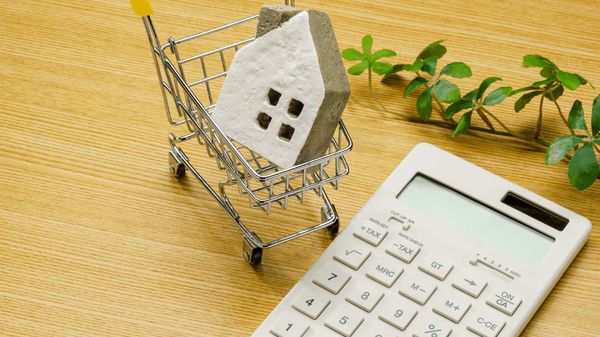What Really Matters to Buyers (And What Doesn’t) When Selling Your Home

When it’s time to sell your home, it’s easy to become hyper-aware of every flaw. That chipped tile. The dent in the wall. The outlet you’ve never gotten around to fixing.
But here’s the reality: Buyers don’t see your home the way you do.
As a homeowner, you’ve lived with these imperfections long enough that they feel glaring. But to a prospective buyer seeing your home for the first time? Many of those “flaws” simply blend in as normal signs of use.
Selling your home isn’t about making it flawless—it’s about seeing it with fresh eyes. That means thinking like a buyer.
What Buyers Are Willing to Overlook

Buyers walking through your home won’t expect perfection. In fact, many are planning to personalize the space anyway. Small cosmetic issues often don’t register as deal-breakers.
Common examples buyers won’t sweat:
-
Minor surface scratches or wear on floors and walls
-
Light cracks in sidewalks or driveways due to normal settling
-
Slightly dated paint colors (especially neutrals)
-
Unused or oddly placed light switches
-
Clean but aged carpet
-
Older appliances that still function well
These things are often viewed as normal wear and tear, not reasons to walk away. In fact, leaving some updates for the next owner can be appealing—it gives them a chance to make the home their own.
What Buyers DO Care About

While minor cosmetic flaws are typically overlooked, there are certain issues that do raise red flags, especially when they hint at safety, cost, or future headaches.
Red flags for buyers include:
-
Major structural issues (foundation cracks, uneven floors)
-
Leaks or visible water damage
-
Electrical problems or exposed wiring
-
Roof or HVAC systems nearing the end of their lifespan
-
Peeling paint or wood rot that may affect FHA/VA loan eligibility
These problems suggest potential repair costs—or worse, loan complications—and should be addressed before listing.
How to Prioritize Home Prep Like a Pro

It’s all about knowing where to focus your energy.
Do:
-
Address safety concerns and repair issues that could affect financing
-
Improve curb appeal with simple touches like mulch or flowers
-
Repair anything that makes the home feel neglected or uncared for
Skip:
-
Obsessing over every scuff, scratch, or outdated finish
-
Spending heavily on upgrades the buyer may want to change anyway
-
Replacing functioning appliances just to look newer
When preparing your home, ask yourself:
“If I were walking into this house for the first time, would this actually bother me?”
If the answer is no, save your time and money.
Final Thoughts: Sell with Strategy, Not Stress
Buyers aren’t expecting your home to be brand new—they’re looking for something that feels well-cared for and move-in ready. Focus on what matters most, let go of perfectionism, and you’ll be better positioned to sell your home quickly and confidently.
FAQs: What to Fix Before Listing
Q1: Should I repaint the entire house?
Not unless the walls are noticeably dirty or painted in bold or outdated colors. Often, a deep clean and touch-ups are enough.
Q2: Are old appliances a turnoff?
Only if they don’t work. Functional appliances—even if dated—are usually fine. Don’t replace them unless the rest of the kitchen is already modernized.
Q3: Should I switch carpet for hardwood?
Not required. Clean carpets are acceptable, and many buyers prefer to choose their own flooring if they plan to update.
Q4: Are cracks in the driveway a concern?
Small ones? Not at all. Cracks from settling are common and rarely raise concern unless they indicate foundation issues.
Q5: What makes the biggest impact on buyers?
Cleanliness. A clean, tidy home feels bigger and better maintained—and that impression goes further than any single upgrade.
Categories
Recent Posts











7997 W. Sahara Ave. Suite 101, Vegas, NV, 89117, United States
